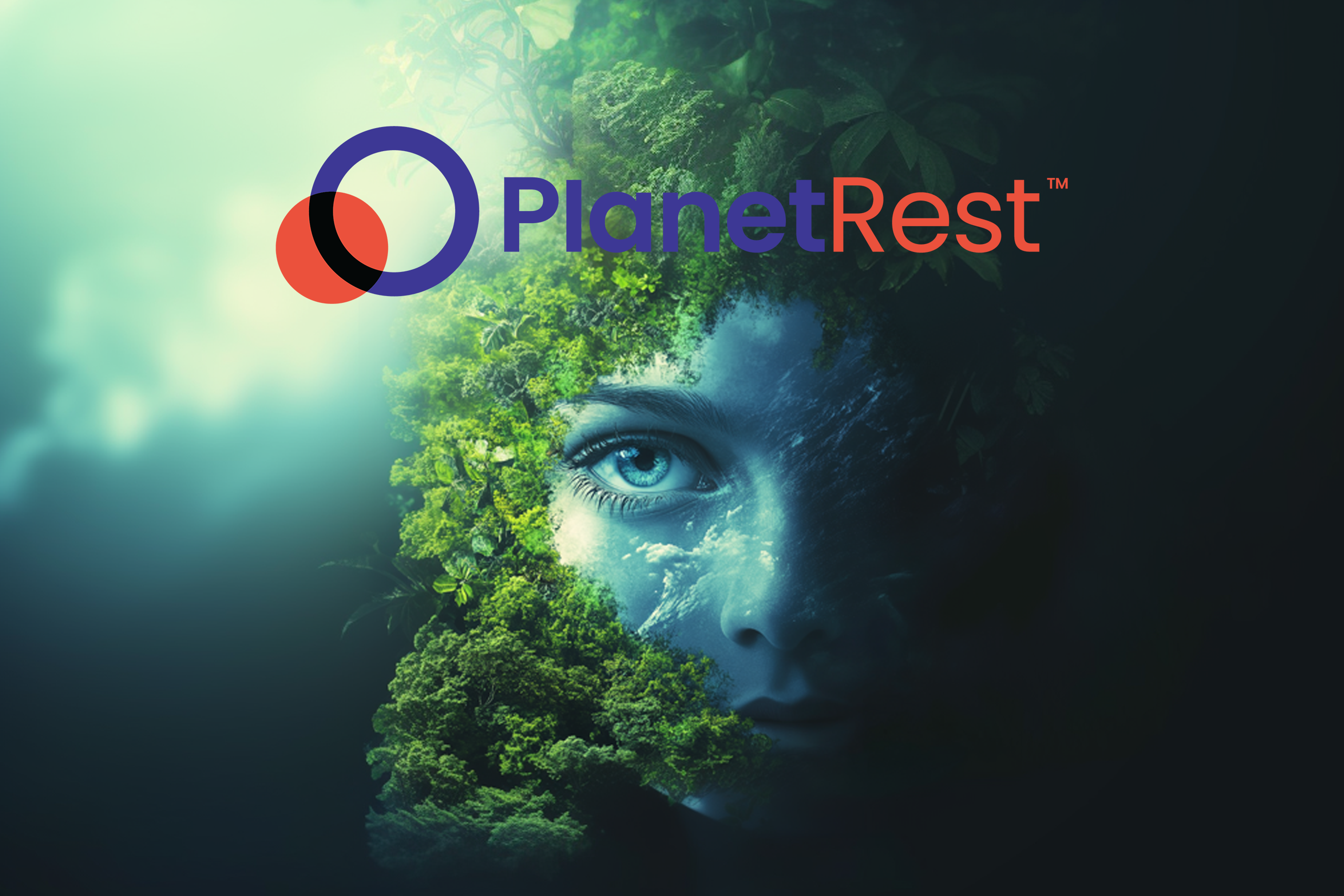
15 Aug The Circular Economy
A Step Closer to Utopia
Imagine a world where waste doesn’t exist, where every product is designed to be reused, repaired, or repurposed. A world where the very concept of “disposable” is obsolete, and instead of extracting finite resources, we regenerate and sustain the natural systems that support all life. This is the vision of the circular economy—a transformative model for how we produce and consume goods that could bring us as close to a sustainable utopia as we can get.
At PlanetRest, we believe that the circular economy represents not just a step forward, but a paradigm shift in how humanity interacts with the planet. In contrast to the linear “take, make, dispose” model that dominates today, the circular economy is based on the principles of reduction, regeneration, and reuse—designed to keep products, materials, and resources in use for as long as possible.
The Circular Economy: A Closed-Loop System
At its core, a circular economy is a closed-loop system. This means that everything we create and consume is designed to have a second life—or a third or fourth—whether through recycling, repurposing, or returning to the earth in a safe and regenerative way. Think of it as a cycle rather than a straight line: materials are extracted, products are made, used, and then reintegrated into the system in a sustainable way.
Here’s how it works:
- Design for Longevity: Products are created with durability in mind, built to last, and designed for easy repair or upgrade.
- Waste as a Resource: In a circular system, what we once considered waste is now a resource. Old products are disassembled, their parts used to create something new, or they are safely composted to nourish the soil.
- Regenerative Practices: Agriculture, energy production, and industry all adopt regenerative practices that restore ecosystems, heal damaged land, and ensure resources are replenished rather than depleted.
Why the Circular Economy is the Key to Sustainability
The circular economy’s potential to drastically reduce waste, cut emissions, and conserve resources is monumental.
It offers the possibility of a future where humanity can meet its needs without depleting the Earth’s natural capital—a balance that has long eluded us in modern times.
In sectors like fashion, technology, and even construction, the circular economy can be a game-changer:
- Fast Fashion Becomes Slow Fashion: Instead of a constant churn of disposable clothing, circular fashion focuses on creating high-quality garments that last, can be easily repaired, and are ultimately recycled into new fabrics or clothing.
- Electronics that Evolve, Not Expire: Imagine a phone or laptop that doesn’t need to be replaced every few years. Circular electronics are designed to be modular, allowing users to swap out outdated parts for upgrades, avoiding the waste cycle altogether.
- Buildings that Breathe Life: In the construction industry, a circular economy means designing buildings that can be deconstructed and rebuilt with the same materials. Or even more ambitiously, buildings that regenerate their surroundings, integrating with the natural world rather than destroying it.
Creating a Sustainable Future with the Circular Economy
At PlanetRest, we’re passionate about advocating for the circular economy because it presents a realistic and scalable solution to some of the most pressing environmental challenges we face today. Our founders initiative, AirSprouts, are built on these very principles—delivering innovative, sustainable solutions that minimize waste and maximize the potential of every resource.
The future of our planet depends on rethinking consumption and redesigning systems that are in harmony with nature. A circular economy not only helps us Move-the-Date of Earth Overshoot Day but also encourages a new way of thinking—one that values sustainability, equity, and regeneration over extraction and waste.
If we can successfully transition to a circular economy, we will have made a tremendous leap toward a world where humanity and nature thrive together. It’s not just a dream—it’s a blueprint for the future.
By adopting the principles of the circular economy, we can move closer to a sustainable utopia where the planet gets the rest it needs, and future generations inherit a world that is not just livable but flourishing.
Join us in building a circular future—because the planet deserves better, and together, we can create lasting change.



No Comments